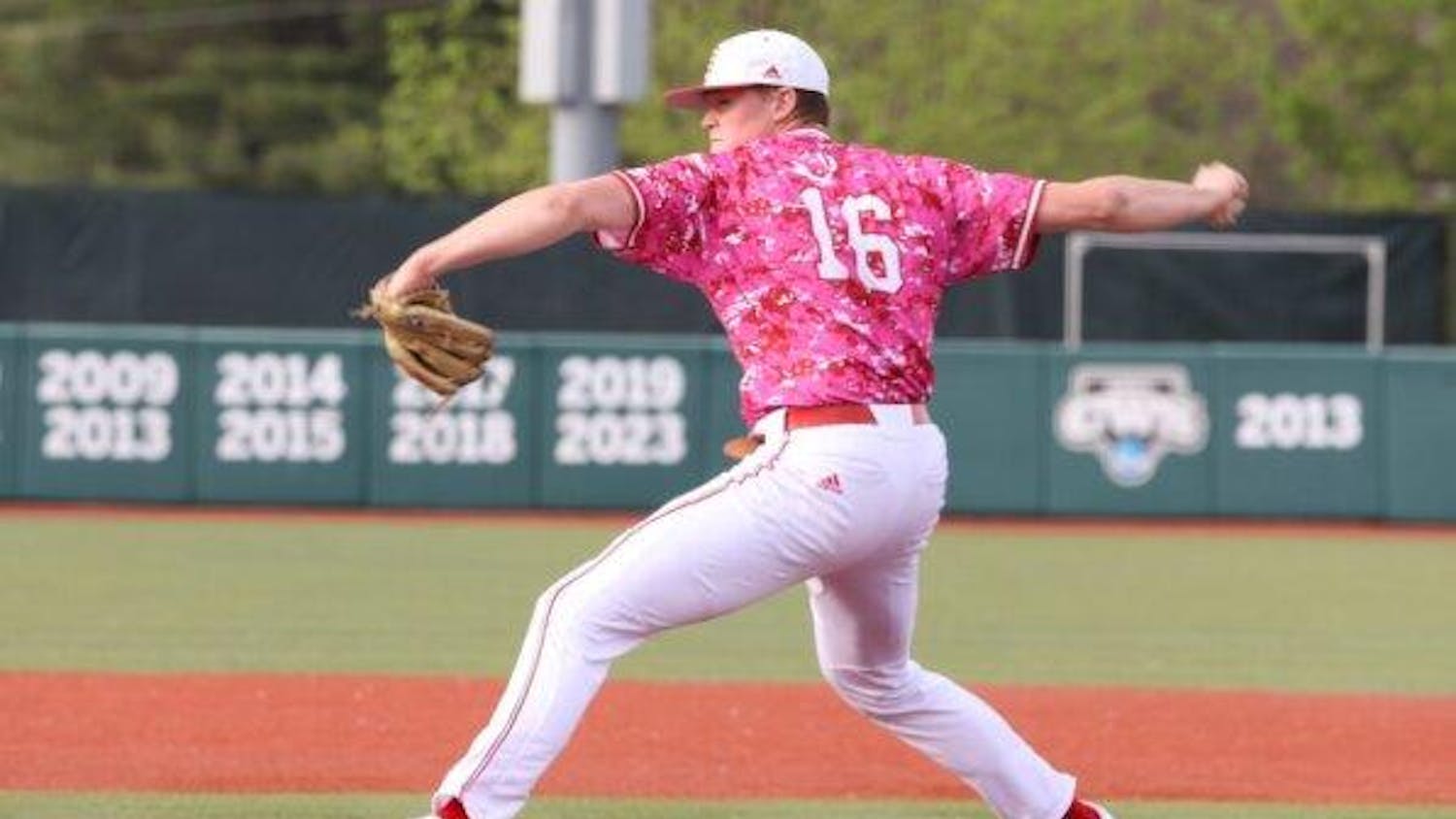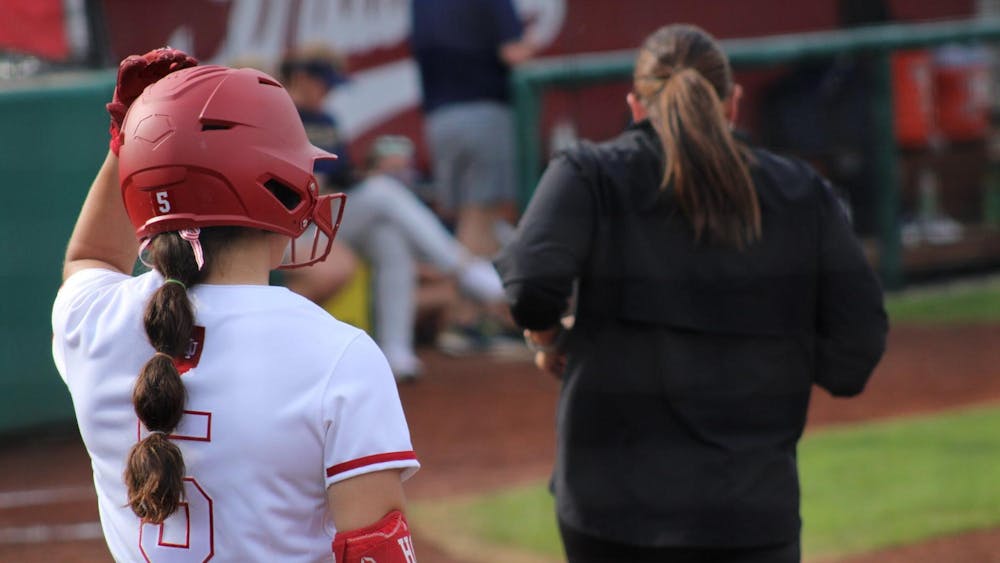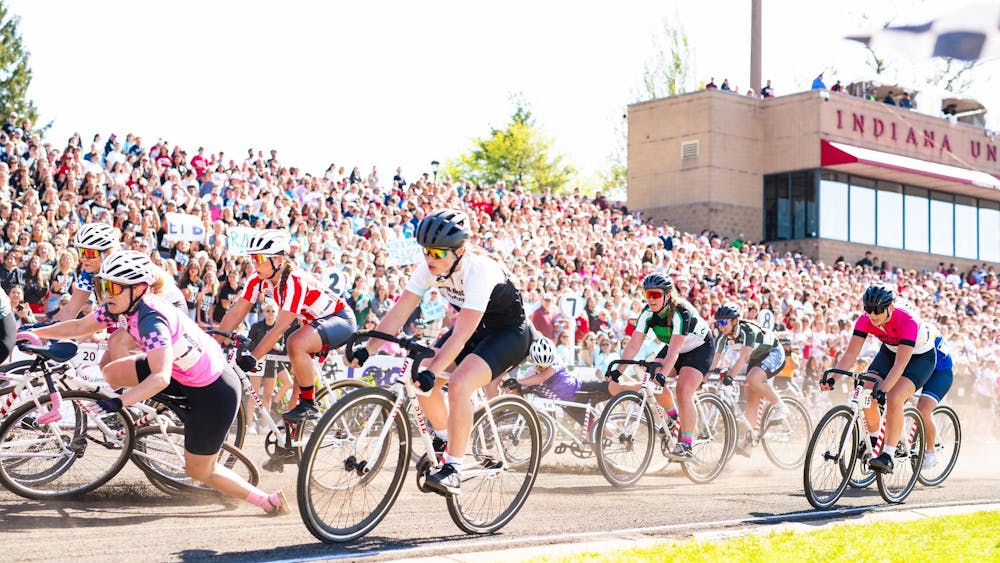Bloomington scored 100 points in the Human Rights Campaign’s Municipal Equality Index for 2015, one of only 47 cities in the country with a perfect score. The study rated each municipality’s laws, policies and services regarding LGBT inclusivity.
Bonus points in categories such as HIV/AIDS services and openly LGBT municipal leaders boosted Bloomington’s score to reach the perfect 100. However, in a required category addressing the presence of an LGBT police liaison or task force, Bloomington earned a zero out of 10.
“Nobody has ever really brought it up,” BPD Chief Michael Diekhoff said. “I’m not aware of any issues that have arisen between the LGBT community and the police.”
Diekhoff said if any LGBT or human rights groups in the community felt there was a need for such a liaison, BPD would certainly consider it.
Bloomington is one of the few cities with a perfect score on the MEI that does not have a position of this kind within law enforcement. Ninety-one percent of the 47 cities that scored 100 points have LGBT liaisons, said Xavier Persad, legislative counsel for the Human Rights Campaign.
It is worth noting most of the municipalities with LGBT police liaisons were cities larger than Bloomington, said Barbara McKinney, director of the Bloomington Human Rights Commission. Of seven Indiana cities included in the survey, the only city a liaison is Indianapolis, where the position has existed since 2010.
The IU Police Department does not have an LGBT liaison either, IUPD Chief Laury Flint said.
Diekhoff said he does not see a current need for an LGBT liaison because he believes all of his officers are well-trained in sensitivity issues. BPD requires all new officers to complete diversity training sessions and offers additional diversity training at different points throughout an officer’s career, Diekhoff said.
BPD Capt. Steven Kellams said he feels the department has had an open culture for quite some time. There are several openly gay officers within the ranks, Kellams said. During his career with the department, more and more officers have been coming out as openly gay or lesbian, he said.
“Because within these walls it’s fairly common, we don’t see those same types of issues outside these walls,” Kellams said.
Persad, who assisted with the Municipal Equality Index, said although it is beneficial to have representation within the police force, it is important for departments to designate a point person for the LGBT community to reach out to with concerns.
Since 1990, BPD has worked with the Bloomington Human Rights Commission to track hate incidents that occur based on sexual orientation, gender, race, religion, ethnicity or other reasons. In 2013, 13 hate crimes related to sexual orientation were reported to the FBI from Indiana, two of which took place in Bloomington.
McKinney said she couldn’t recall a recent incident that involved police insensitivity toward a member of the LGBT community. This does not mean that issues aren’t taking place, McKinney said, but she has no evidence to believe they are.
Doug Bauder, director of Gay, Lesbian, Bisexual and Transgender Student Support Services, said he also couldn’t think of recent complaints from students or city residents regarding BPD’s treatment of LGBT community members.
He did recall an incident from 20 years ago that involved Tyson Hurst, a gay IU student. Hurst’s boyfriend at the time was harassed by a group of people who followed him, yelling homophobic comments. When the couple reported the incident to Bloomington police, the officer didn’t seem to show much empathy, said Hurst, who is now 42 and living in Chicago.
“The officer just had this attitude of, ‘what am I supposed to do for you?’” Hurst said.
The officer asked questions such as, “Are you sure they weren’t just joking? Did you do anything to provoke them?”
Hurst decided to tell Bauder about the incident, and it became part of the impetus for Bauder to work with BPD and IUPD to organize a training session with an openly gay officer from Ohio in 1996, Bauder said.
“There is a lengthy history of bad relationships between the LGBT community and police,” Hurst said. “I think a liaison can help bridge the culture of the police force with understanding some of the unique characteristics of working with the LGBT.”
Bauder acknowledges Bloomington has made great strides in regards to gay and lesbian inclusivity and that much has changed over the past 20 years. But he said he feels transgender equality is still a relatively new issue, especially in Indiana.
Nationwide, at least 21 transgender people had been murdered from the start of 2015 to November 2015, according to the Human Rights Campaign, in what Persad calls the “recent epidemic of anti-transgender violence.”
Persad said he thinks an LGBT liaison can provide important context for officers in regards to transgender pronoun preferences.
Hurst agrees police departments have progressed with the rest of society. But because they had to, he said.
“There are more people that are out than ever today,” Hurst said. “The population in general is more accepting of gays and lesbians, and the police by proxy need to evolve as well.”






